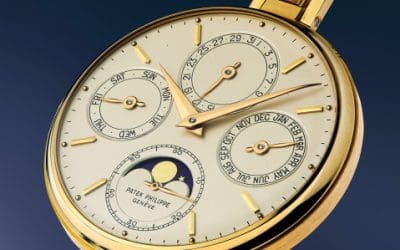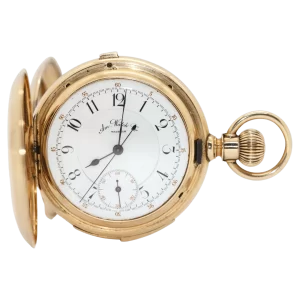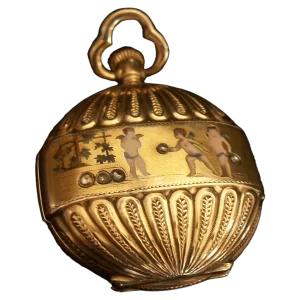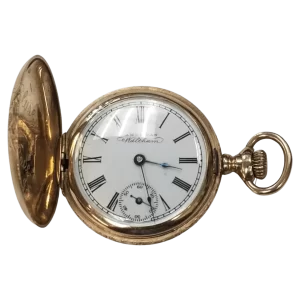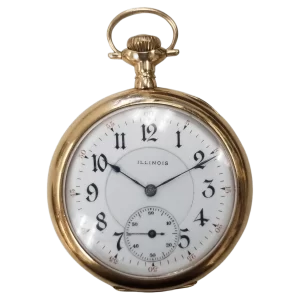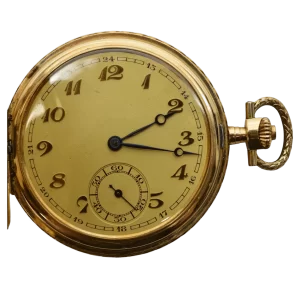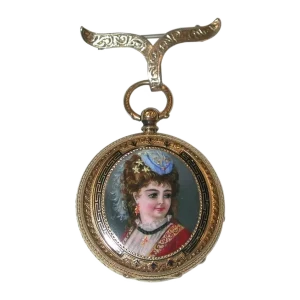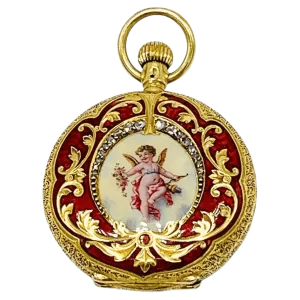Pocket watches have been a popular choice for timekeeping since the 16th century and have played an important role in the history of watchmaking. They have evolved over the years, with different designs and features introduced by different countries. American and European pocket watches, in particular, have often been compared and contrasted due to their distinct styles and craftsmanship. In this comparative study, we will delve into the differences and similarities between American and European pocket watches, exploring their origins, design elements, and technological advancements. We will also examine the cultural influences and societal significance of these timepieces in both regions. By delving into the rich history and development of these two types of pocket watches, we hope to gain a deeper understanding of the craftsmanship and innovation that have shaped the timekeeping industry. Whether you are a watch enthusiast or simply curious about the world of pocket watches, this article aims to provide an informative and comprehensive analysis of American and European pocket watches.

History: How pocket watches originated.
The origins of pocket watches can be traced back to the 16th century in Europe. Prior to the invention of pocket watches, people relied on larger timekeeping devices, such as tower clocks, to keep track of the hours. However, these clocks were immobile and impractical to carry around. The advent of pocket watches revolutionized timekeeping by providing individuals with a portable and convenient solution. The first pocket watches were often large and bulky, with intricate designs and expensive materials. They were primarily owned by the wealthy elite and served as a status symbol. Over time, advancements in technology and manufacturing techniques led to the production of smaller and more affordable pocket watches, making them accessible to a wider range of individuals. Today, pocket watches are cherished as both functional timepieces and elegant heirlooms, embodying a rich history of craftsmanship and precision.
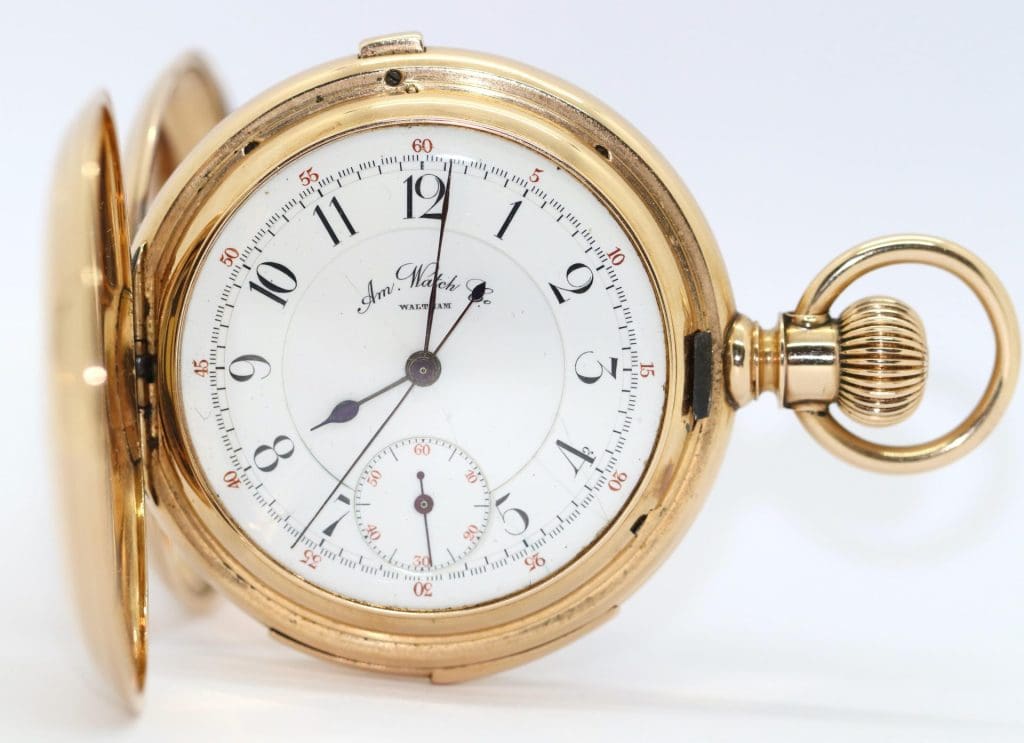
Design: The key differences between American and European styles.
When examining the key differences between American and European styles in pocket watch design, several distinct characteristics emerge. American pocket watches tend to prioritize functionality and practicality, reflecting the country’s emphasis on innovation and efficiency. They often feature bold and straightforward designs, with clear and easy-to-read dials. In contrast, European pocket watches are known for their intricate and ornate details, showcasing the region’s rich artistic traditions. Elaborate engravings, intricate patterns, and decorative gemstones are frequently incorporated into the design, creating a sense of opulence and luxury. Additionally, European pocket watches often showcase a greater variety in case shapes and materials, allowing for more artistic expression. These differences in design reflect the cultural and historical influences that have shaped American and European pocket watch styles over time.
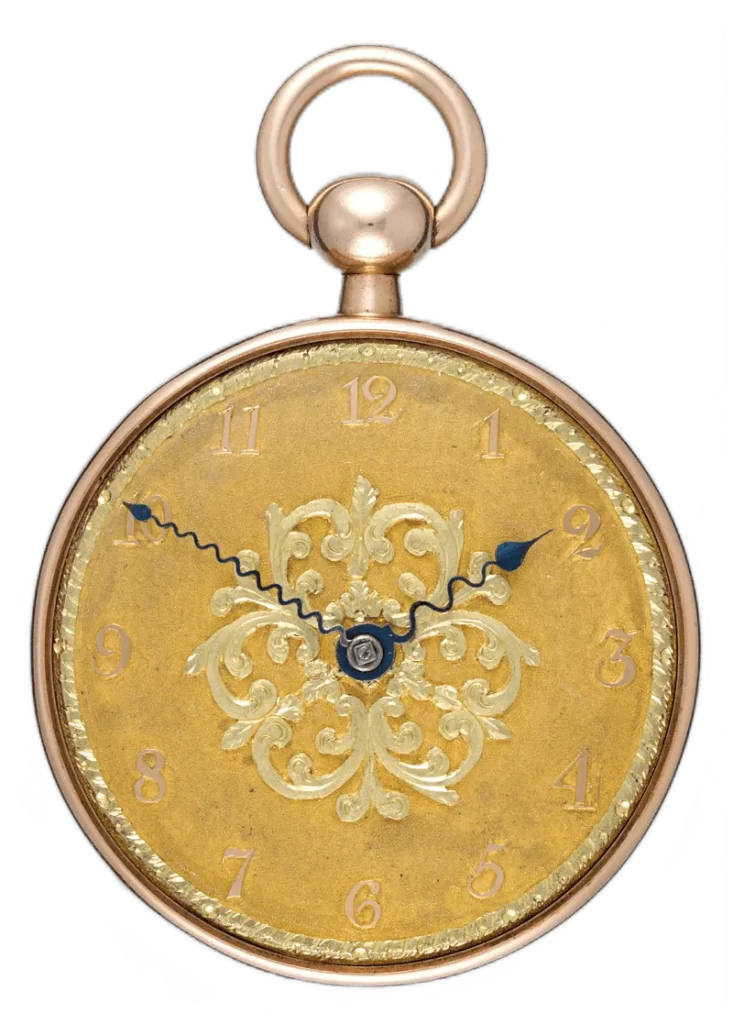
Materials: What materials were commonly used in each region.
In terms of materials, both American and European pocket watches utilized a range of materials to create their timepieces. In the American pocket watch industry, brass was a commonly used material for the watch cases and movements. This durable and cost-effective metal allowed for mass production and contributed to the affordability and accessibility of American pocket watches. In addition to brass, American manufacturers also incorporated materials such as gold, silver, and nickel for higher-end models, catering to the preferences of different customers.
On the other hand, European pocket watches embraced a wider array of materials, often emphasizing luxury and craftsmanship. Gold and silver were frequently employed in the construction of cases, lending a sense of opulence to the timepieces. Furthermore, European watchmakers were known for incorporating precious gemstones, such as diamonds and sapphires, in their designs, elevating the aesthetic appeal and value of the watches. In some cases, exotic materials like ivory, enamel, and mother-of-pearl were also used to create unique and visually striking pocket watches.
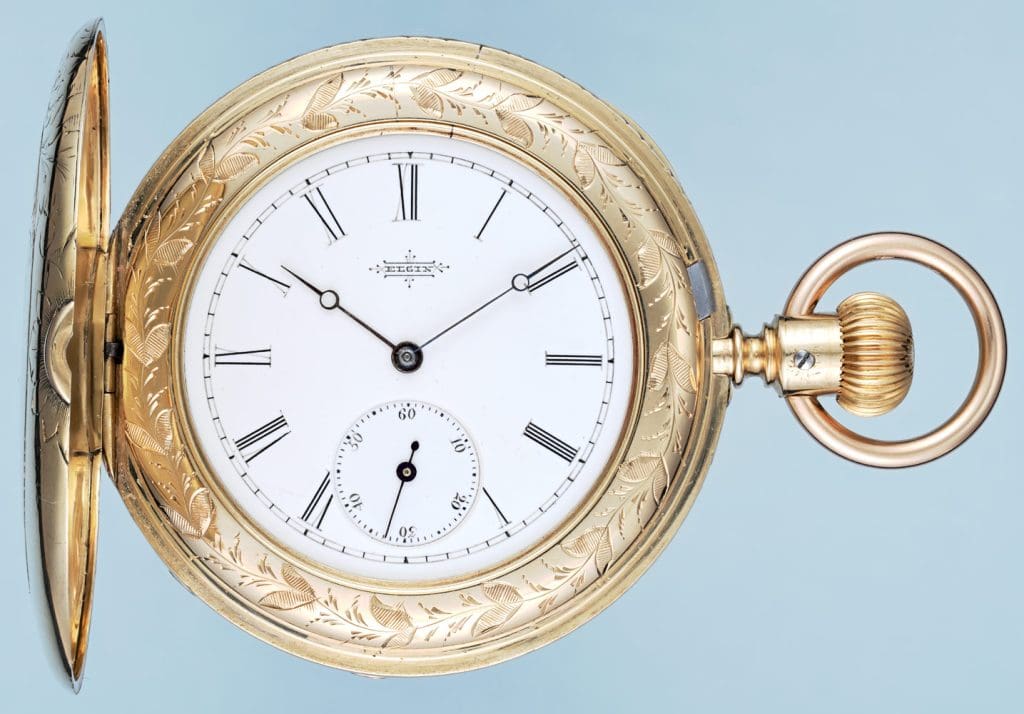
The differing material choices in American and European pocket watches reflect the distinct cultural and stylistic preferences prevalent in each region. While the American focus on practicality and efficiency led to the use of more economical materials, European watches showcased a preference for luxurious and ornate materials that exemplified the region’s artistic heritage. These material choices further contributed to the overall aesthetic and perceived value of pocket watches from both sides of the Atlantic.
Size: The varying sizes of pocket watches.
When examining pocket watches, one cannot overlook the importance of size. The varying sizes of pocket watches played a significant role in their functionality and style. American pocket watches were often produced in larger sizes compared to their European counterparts. This was influenced by the practicality and robust nature of American manufacturing, catering to their primarily utilitarian purpose. On the other hand, European pocket watches tended to be smaller and more delicate, reflecting a focus on elegance and refinement. The size of a pocket watch not only determined its aesthetic appeal but also influenced its readability and portability, allowing users to choose a timepiece that suited their personal preferences and needs. Whether one preferred a bold and commanding presence or a subtle and understated elegance, pocket watches offered a diverse range of sizes to accommodate different styles and tastes.
Movements: The different types of movements used.
The movements used in pocket watches are a fundamental aspect of their functionality and performance. There are several types of movements utilized in both American and European pocket watches. One common type is the mechanical movement, which relies on a series of interconnected gears and springs to power the timekeeping mechanism. This traditional movement is known for its accuracy and craftsmanship, as it requires intricate assembly and careful calibration. Another type is the quartz movement, which utilizes a battery-powered electronic oscillator to regulate the timekeeping. Quartz movements are recognized for their precision and affordability, making them popular choices for modern pocket watches. Additionally, some pocket watches may feature automatic movements, which harness the natural motion of the wearer’s wrist to wind the mainspring, eliminating the need for manual winding. These different types of movements offer individuals a range of options when selecting a pocket watch, allowing them to prioritize factors such as accuracy, tradition, or convenience in their timepiece of choice.
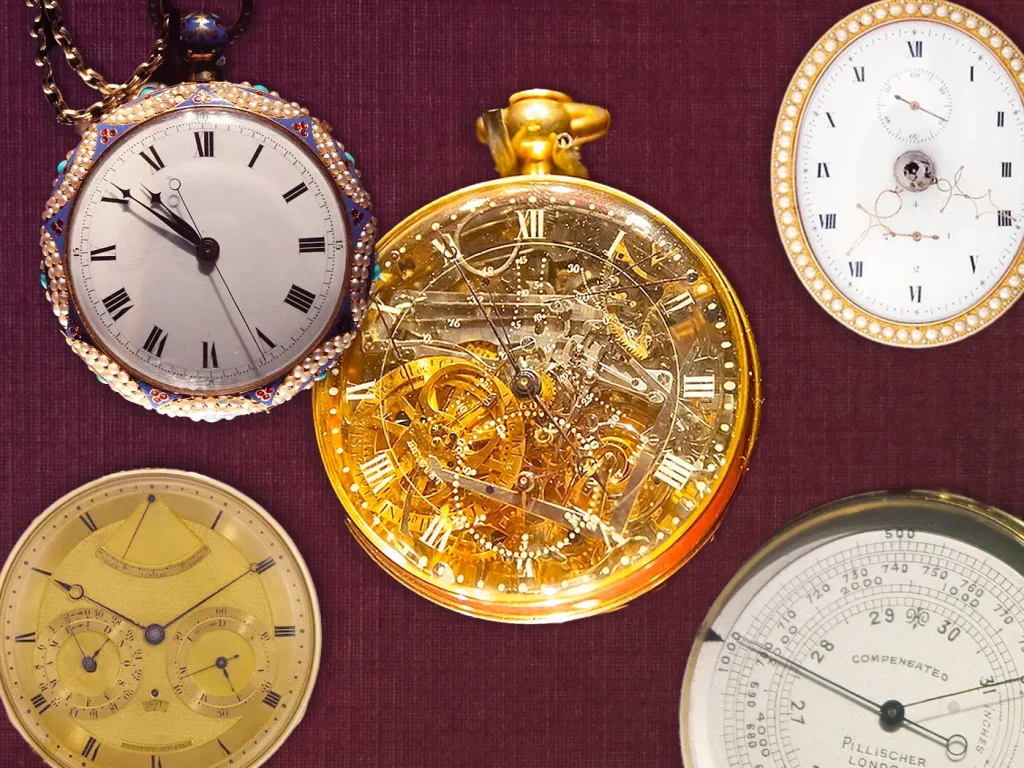
Features: Unique features of each style.
In examining the unique features of American and European pocket watches, it becomes evident that each style possesses distinct characteristics that set them apart. American pocket watches often showcase intricate engravings and meticulous detailing on both the case and the dial. These decorative elements highlight the craftsmanship and attention to detail that American watchmakers were known for. Additionally, American pocket watches are often larger in size, providing a bold and substantial presence. On the other hand, European pocket watches are renowned for their elegant simplicity and refined aesthetics. These watches often feature sleek and streamlined designs with clean dials and minimal embellishments. European watchmakers prioritize precision and functionality, resulting in slender and compact pocket watches that exude sophistication. Overall, the unique features of each style offer individuals the opportunity to choose a pocket watch that aligns with their personal taste and style preferences.
Functionality: How each type of pocket watch was used.
The functionality of pocket watches varied depending on their type and design. Both American and European pocket watches were primarily used as timekeeping devices, allowing individuals to conveniently carry the time with them wherever they went. However, beyond their basic function, pocket watches served different purposes based on their features. For instance, American pocket watches often incorporated additional complications such as calendars, moon phases, and chronographs, offering users enhanced functionality for tracking dates and measuring elapsed time. These features made American pocket watches popular among professionals and individuals who required precise timekeeping for their daily activities. On the other hand, European pocket watches emphasized durability and accuracy, focusing on their reliability as timekeepers. They were often used by individuals in various industries such as maritime, aviation, and scientific fields, where precision and reliability were of utmost importance. European pocket watches were designed to withstand harsh conditions and provide accurate timekeeping in challenging environments. Therefore, the functionality of pocket watches differed based on their intended use and the needs of the individuals who used them.
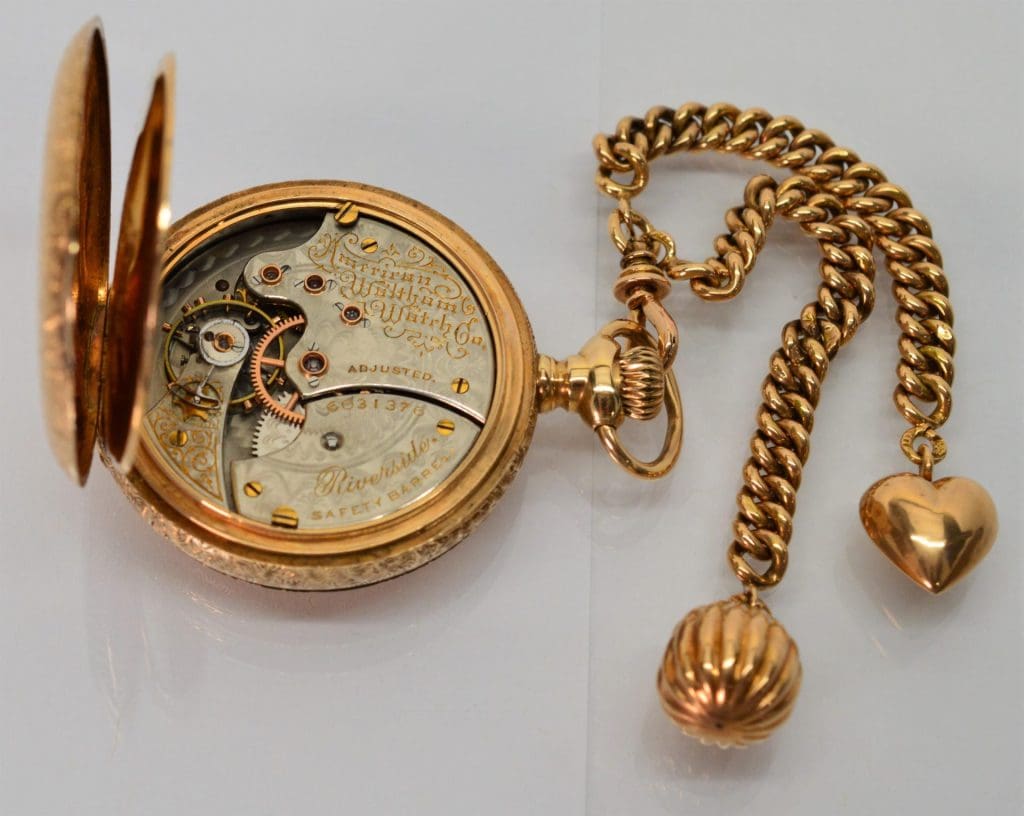
Popularity: Which style was more popular.
When examining the popularity of American and European pocket watches, it is essential to consider the historical context and cultural preferences of the time. During the late 19th and early 20th centuries, American pocket watches gained significant popularity both domestically and internationally. The industrialization and technological advancements in the United States contributed to the production of high-quality timepieces that were sought after by consumers. American watch manufacturers, such as Hamilton and Elgin, utilized mass production techniques and innovative designs to meet the growing demand for pocket watches. Additionally, the incorporation of additional complications and the availability of a wide range of styles and designs allowed American pocket watches to cater to various consumer preferences. In contrast, European pocket watches, particularly those from Switzerland and Germany, also enjoyed a strong reputation for craftsmanship and precision. However, they were often considered more exclusive and associated with luxury due to their intricate designs and higher price points. While European pocket watches were favored by discerning buyers and those in specialized industries, American pocket watches gained a more widespread appeal and solidified their position as a popular choice for everyday timekeeping.
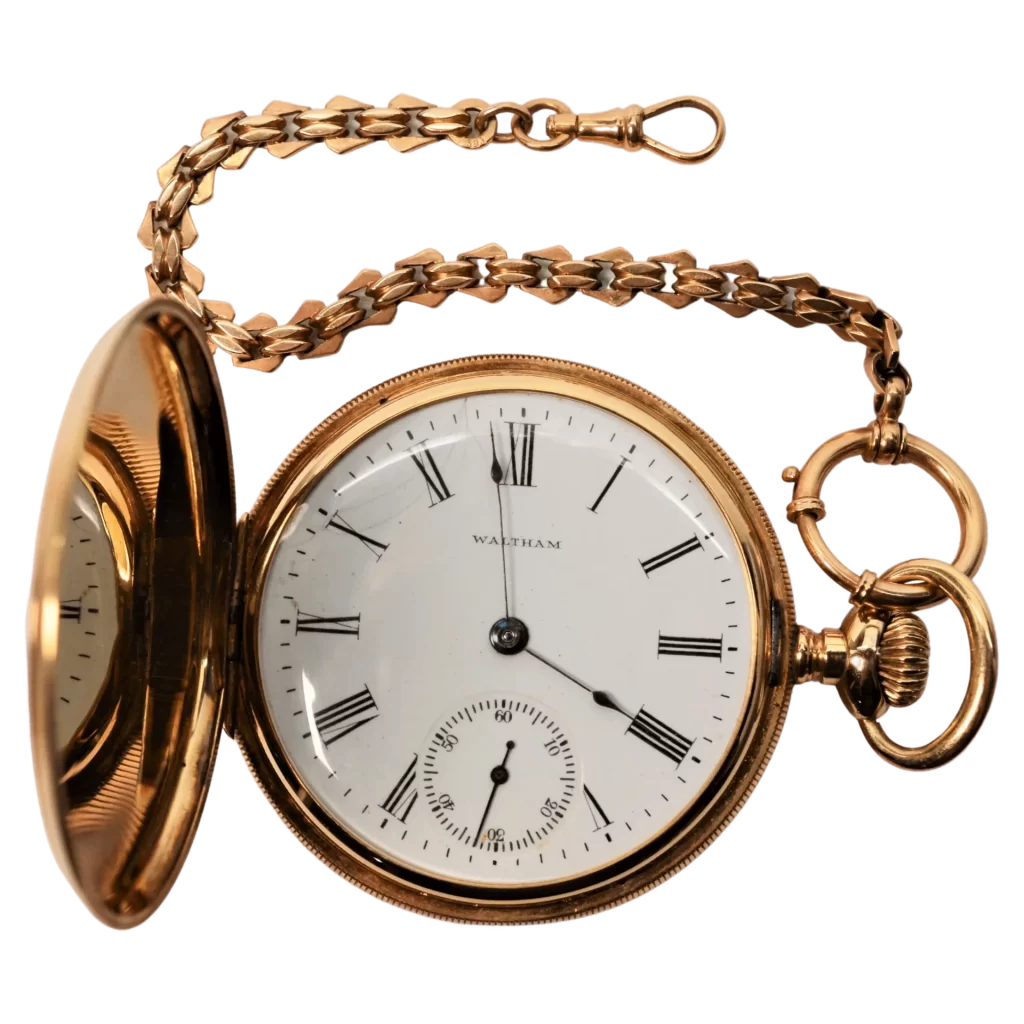
Impact: The influence of pocket watches on society.
The influence of pocket watches on society cannot be underestimated. These portable timepieces revolutionized the way people approached timekeeping and had a profound impact on various aspects of daily life. Firstly, pocket watches brought about a newfound sense of punctuality and efficiency. Prior to their invention, time was often judged by the position of the sun or reliance on unreliable clocks. With pocket watches, individuals could now accurately measure and manage their time, leading to increased productivity in various fields such as business, transportation, and manufacturing. Additionally, pocket watches became a symbol of social status and sophistication, as owning one showcased wealth and refinement. They were often handed down as heirlooms, signifying family legacy and tradition. Moreover, the precise timekeeping offered by pocket watches facilitated the coordination of schedules and the synchronization of activities, thereby shaping the development of modern society. From establishing train schedules to coordinating international communications, pocket watches played a crucial role in enabling efficient and interconnected systems. Overall, the impact of pocket watches on society was far-reaching, setting the stage for the further advancements in timekeeping technology and shaping the way we perceive and manage time.
Modern: How these styles are reflected in modern watch designs.
Modern watch designs have certainly embraced the timeless elegance and functionality of pocket watches. The influence of these historical timepieces can be seen in the sleek and minimalist aesthetic of modern watches. Clean lines, understated dials, and a focus on simplicity are hallmarks of contemporary watch designs, mirroring the refined elegance of pocket watches. Moreover, modern watches often incorporate advanced technology and materials, such as stainless steel and sapphire crystal, to ensure durability and precision. The emphasis on both style and functionality in modern watch designs pays homage to the enduring legacy of pocket watches while catering to the demands and preferences of today’s discerning consumers.
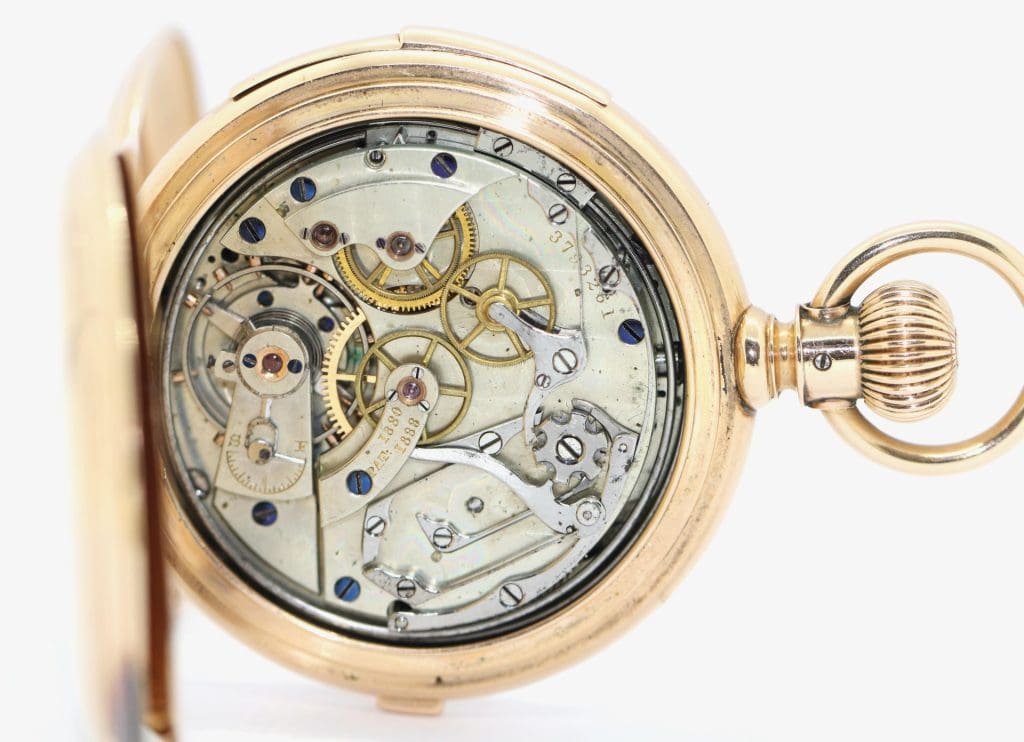
In conclusion, both American and European pocket watches have played a significant role in the history of timekeeping. While their styles and features may vary, both have contributed to the evolution of pocket watches and their enduring popularity. Whether you prefer the precision and functionality of American pocket watches or the elegance and craftsmanship of European ones, there is no denying the artistry and significance of these timepieces. Ultimately, the choice between American and European pocket watches is a matter of personal preference, but their impact and legacy will continue to be cherished by watch enthusiasts and collectors alike.
FAQ
What are the key differences in design and craftsmanship between American and European pocket watches?
American pocket watches tend to have a more robust and utilitarian design, often featuring simple and functional aesthetics with a focus on accuracy and durability. On the other hand, European pocket watches are known for their intricate and ornate designs, with a greater emphasis on decorative elements such as intricate engravings, enamel work, and gemstone embellishments. Craftsmanship-wise, American pocket watches are typically mass-produced using standardized parts, while European pocket watches are often handmade or produced in smaller quantities with a higher level of craftsmanship and attention to detail.
How do American and European pocket watches differ in terms of movement and accuracy?
American pocket watches typically use a lever escapement movement, known for its durability and accuracy. European pocket watches often feature a cylinder escapement, which is less precise but allows for more intricate designs. In terms of accuracy, American pocket watches are generally more precise due to their movement design and construction techniques. European pocket watches, while beautiful and intricate, may sacrifice some accuracy for aesthetic appeal. Ultimately, the difference in movement and accuracy between American and European pocket watches comes down to design preferences and historical manufacturing techniques.
What historical factors influenced the development and popularity of American and European pocket watches?
The development and popularity of American and European pocket watches were influenced by factors such as technological advancements in watchmaking, the rise of the railroad industry necessitating accurate timekeeping, the increase in industrialization creating a demand for timepieces, and the emergence of fashion trends promoting the use of pocket watches as stylish accessories. Additionally, the standardization of time zones and the establishment of global trade networks further propelled the demand for pocket watches, making them essential tools for timekeeping and status symbols for individuals in the 18th and 19th centuries.
Are there any notable differences in the materials used in American vs. European pocket watches?
While both American and European pocket watches typically use high-quality materials such as gold, silver, and stainless steel, one notable difference is in the movement mechanisms. American pocket watches are known for their use of high-grade machine-made movements, while European pocket watches often feature intricate handcrafted movements by skilled artisans. Additionally, American pocket watches tend to prioritize durability and accuracy, while European pocket watches often focus on intricate designs and decorative elements. Ultimately, the choice of materials and design elements can vary between American and European pocket watches, reflecting the distinct styles and craftsmanship of each region.
How do American and European pocket watches compare in terms of value and collectibility in today’s market?
American pocket watches generally hold more value and collectibility in today’s market compared to European pocket watches. This is due to the historical significance and craftsmanship of American watch manufacturers such as Hamilton, Elgin, and Waltham, as well as their popularity among collectors. European pocket watches, while also valued for their quality and design, may not command the same prices or demand as their American counterparts. However, certain European brands like Patek Philippe and Vacheron Constantin are highly sought after and can be equally valuable in the collectibles market.




